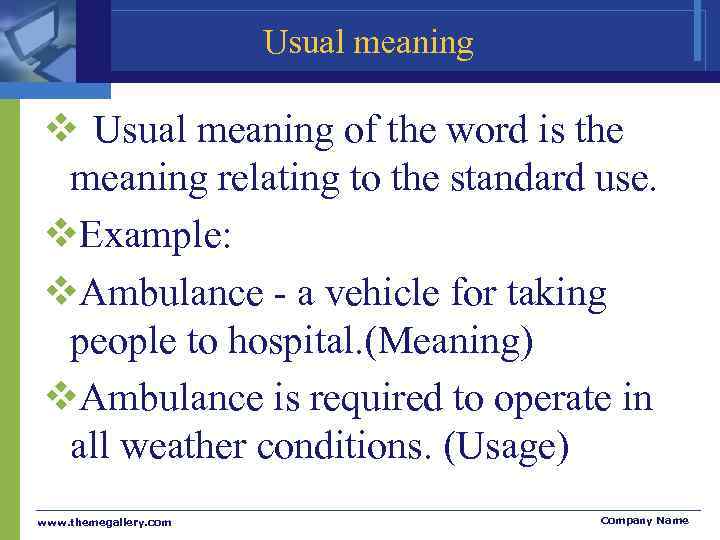

Business as usual meaning how to#
How to Document BAUsĭocumenting business-as-usual is critical if you want your business to run smoothly. Keeping these steps in mind during onboarding will make all the difference needed for new hires to hit the ground running and not get bogged down with learning curves. This will also help them understand how the BAU activities contribute to the success of the company.Īdditionally, training courses are a great way for newcomers to understand systems and processes related to their work quickly. And be sure to celebrate successes and milestones, as this can help to keep employees motivated and engaged with their work. Provide regular feedback and support to ensure the employee is on track with their work. Moving forward, changes in procedures or technologies should not come without warning, so employees always feel prepared for whatever may come ahead. The next section will explain how to create and share these materials for successful onboarding. Resources should also be provided to allow them to keep up-to-date with business practices. The first step is to share information that relates to the overall strategy and how the employee’s tasks fit into this. Onboarding a new employee can be a challenging process, and this is why it’s important to get new hires acquainted with BAU tasks as soon as possible. Overall, when employees understand BAU it gives them a thorough understanding of how their own roles fit into the company’s larger operations - and that can have far-reaching effects on a company’s success. Understanding their importance in the workings of the company may also help increase employee motivation and, as a result, boost morale. Having standard BAU activities also creates a feeling of stability and security as employees know what to expect on a day-by-day basis. When employees are aware of their goals, roles, and tasks within their company – and how they contribute to overall success – they can become better organized and more productive.įor example, knowing the BAU activities allows them to prioritize tasks, work collaboratively, identify potential gaps in procedures and ensure no important items are overlooked. What Does BAU Mean for Employees?īusiness As Usual (BAU) is an important concept for employees to grasp as it can be the key to successful daily operations. Both activities are essential for the success of a business, as they both play an important role in managing operations. These differences make it clear that BAU and projects are different and that they serve unique purposes within an organization. While BAU is continual and does not necessarily have any set goal apart from continuing operations.

Projects have specific metrics such as revenue, customer satisfaction levels, conversions, and other critical measurements.And they do not require additional effort from people in an organization. BAU activities do not need additional external resources as long as existing ones meet to sustain day-to-day operations. Projects may disrupt ‘business as usual’ for several employees as they need to redirect their time and effort into a new endeavor.They have clearly defined objectives and limited resources like people, equipment, or materials.Unlike BAU activities, they are not ongoing throughout a business’s lifetime. Projects are generally temporary ventures.Here are the most important differences between them: It’s important to understand the difference between BAU and projects for managing operations within an organization. Difference Between a Project and BAUĪ project is a short-term endeavor with specific goals. The important thing to remember is that it is the everyday work that the business has to do in order for it to function. And it also prevents a build-up of customer help tickets and negative reviews, which can affect a company’s brand image.Īnother example is the work a production team does, which can involve following strict quality control processes, managing stock, and responding to customer orders. These activities ensure that customers are satisfied and the company is providing a good service. An example of BAU in customer service is responding to customer queries and resolving issues. It includes customer service, accounting, maintenance, stock management, and more. In other words, it’s repetitive tasks that keep a company running. Business As Usual (BAU) is the normal activities of a business that are necessary to maintain its operations.


 0 kommentar(er)
0 kommentar(er)
